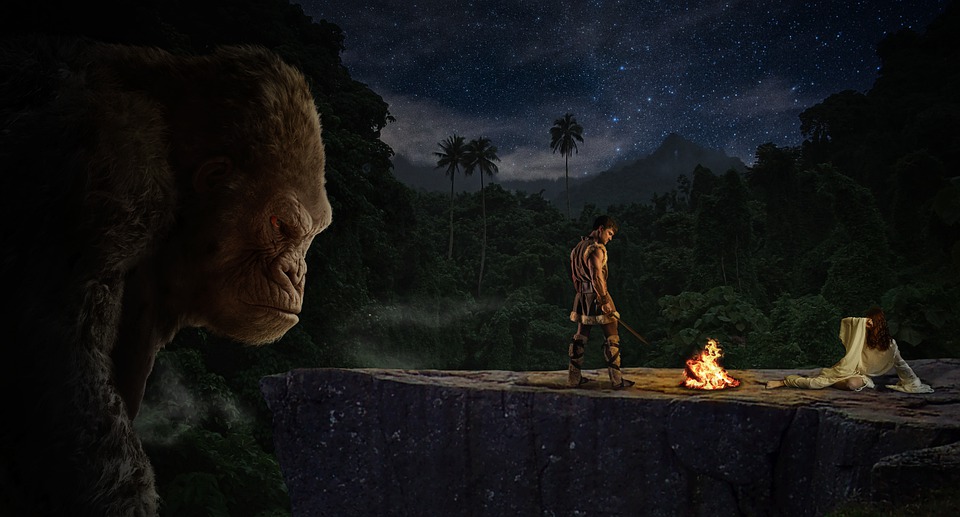How King Kong Reshaped Cinema

Credit: Dietrich01, Pixabay
Back in 1933, the film King Kong: The Eighth Wonder of the World introduced audiences to the mega monster genre. This year the iconic film continues to be celebrated and hailed as a pivotal work of art, as Forbes reports that a partnership between Fathom Events, Warner Bros, and Turner Classic Movies will release King Kong in theaters again. This marks the second theatrical re-release of the classic film; the first happened back in 1956, which marked the film’s 23rd anniversary. As King Kong: The Eighth Wonder of the World approaches its 90th anniversary, let’s take a look back at what made it a truly iconic piece of cinema.
Groundbreaking practical effects
A lot of the power and influence behind this movie is due to its epic use of practical effects, which was particularly impressive given the available film production technologies of the time. This is essentially what allowed the classic film to create such a massive impact in the modern zeitgeist. The man behind this was Willis O’Brien, whose groundbreaking stop-motion animation techniques brought King Kong to life on the silver screen during the so-called Golden Age of Hollywood. Combined with rudimentary camera and editing tricks that filmmakers use to this day – such as clever juxtaposition to make things appear larger than they actually are – the producers of King Kong were the first to pull audiences into a truly believable make-believe monster world. And they did it all without computer generated imagery (CGI).
Notable remakes
Since its 1933 release, King Kong has been remade and remixed by fans, student filmmakers, studios, and several others who tried to recapture the magic of the original. Perhaps most notable of these remakes are Dino De Laurentiis’ take on the movie in 1976, and Lord of the Rings director Peter Jackson’s 2005 version, which became a blockbuster hit that reintroduced the world to the iconic beast and recruited new followers to the cult of King Kong. Undoubtedly, these studio versions far surpassed the original in terms of producing realistic depictions of King Kong’s world, which were mainly accomplished through computer effects during post-production. In fact, Peter Jackson’s 2005 version of the tale continues to be a yardstick for filmmakers who want to tell compelling stories using advanced CGI techniques. With that being said, the cultural impact of these remakes simply cannot hold a candle to how the 1933 original changed Hollywood practical effects and impacted filmmaking in general. Gareth Edwards who directed the 2014 Godzilla film has also cited King Kong as a huge influence.
King Kong outside cinema
There’s no doubt that King Kong was one of the greatest practical effects masterpieces of the early 1900s. In fact, over the years, re-imaginings of the story of King Kong have bled outside of cinema and into a variety of modern cultural products. In music, songs about the great beast have been tackled by everyone from folk legend Tom Waits to Swedish pop disco legends ABBA. In the online gaming world, The King Kong slot game on TuxSlots reveals the extent to which the story has infiltrated the web, and has helped introduce new fans to the classic monster. Everywhere else you look in contemporary culture – whether it’s music, gaming, comic books, or fashion – you’re likely to find some version of or tribute to the King. For the better part of the last century, the original movie’s story has morphed into a unique concept on its own, encapsulating the idea of epic, ambitious entertainment fueled by spectacular imagery. As the original film approaches its 90-year anniversary, King Kong remains to be one of the most influential films in all of cinema – a reminder to filmmakers everywhere that a little resourcefulness can get you far.

